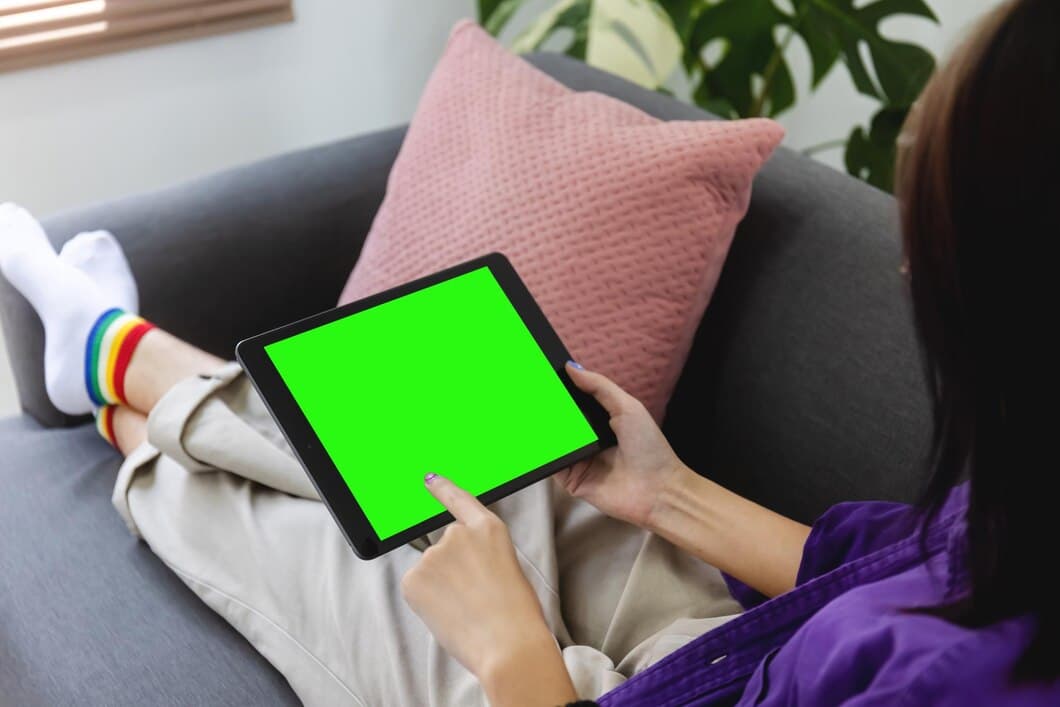Wireless Keyboard Not Working After Windows Update, Solutions?

If you're experiencing issues with your wireless keyboard after a Windows update, you're not alone. This is a common problem that can be caused by a variety of factors. In this article, we'll explore some of the most common causes of this issue and provide solutions to help you get your keyboard working properly again.
First, try restarting your computer. This may seem like a simple solution, but it can often resolve issues with your keyboard. If that doesn't work, try unplugging your keyboard and then plugging it back in. If that still doesn't work, try updating your keyboard drivers. You can usually find updated drivers on the manufacturer's website.
Enable the keyboard

Restart the computer
Sometimes, a simple restart of your computer can fix the issue. When you restart your computer, all the loaded programs and drivers will be closed and reloaded, which can refresh the system and fix any temporary glitches. To restart your computer, click on the Start menu and select the Power option. Then, click on the Restart button.
If restarting your computer doesn't fix the issue, you can try updating your keyboard drivers. To do this, open the Device Manager by pressing the Windows key + R and typing devmgmt.msc. Then, expand the Keyboard category and right-click on your keyboard. Select the Update Driver option and follow the on-screen instructions.
If updating your keyboard drivers doesn't fix the issue, you can try reinstalling your keyboard. To do this, open the Control Panel and select the Programs and Features option. Then, select your keyboard from the list of installed programs and click on the Uninstall button. Once the keyboard is uninstalled, restart your computer and then reconnect your keyboard.
Run the keyboard troubleshooter
If you're experiencing keyboard issues after updating Windows, running the keyboard troubleshooter can help identify and resolve the problem. To access the troubleshooter, search for "Troubleshoot settings" in the Windows search bar and select the "Troubleshoot" option. Under "Find and fix other problems," select "Keyboard" and then click on the "Run the troubleshooter" button. The troubleshooter will scan your system for any keyboard-related issues and provide troubleshooting steps.
If the troubleshooter is unable to resolve the issue, you can try other solutions such as updating your keyboard drivers, restarting your computer, or checking for hardware problems. Additionally, you can refer to the support website of your keyboard manufacturer for specific troubleshooting advice.
Reinstall the keyboard driver

If you have recently updated your Windows system and your wireless keyboard is no longer working, the issue may lie with the keyboard driver. Drivers are software programs that allow your computer to communicate with hardware devices, and if the keyboard driver is outdated or corrupted, it can cause the keyboard to malfunction. Reinstalling the keyboard driver can resolve this issue and restore the functionality of your keyboard.
To reinstall the keyboard driver, follow these steps:
1. Open the Device Manager by pressing the Windows key + X and selecting "Device Manager" from the menu.
2. In the Device Manager, expand the "Keyboards" section and right-click on your keyboard driver
3. Select "Uninstall device" from the context menu and confirm the uninstallation.
4. Once the driver is uninstalled, restart your computer. Windows will automatically detect and reinstall the correct keyboard driver during the restart process.
Check the batteries
If your wireless keyboard has stopped working after a recent Windows update, there are a few things you can check to troubleshoot the issue. One of the most common causes is a weak or dead battery. To check the batteries, remove the battery cover on the back of the keyboard and inspect the batteries. If they are loose, try tightening them. If they are old or damaged, replace them with new batteries.
If replacing the batteries does not fix the problem, there may be another issue with the keyboard or the computer. Try connecting the keyboard to a different USB port on the computer. If that does not work, try restarting the computer. If the keyboard still does not work, you may need to contact the manufacturer for further assistance.
Check the USB receiver
Wireless keyboards typically come with a USB receiver that needs to be plugged into your computer. If your keyboard isn't working after a Windows update, the first thing you should do is check to make sure that the USB receiver is properly plugged into a USB port on your computer. If it is, try unplugging it and plugging it back in. You may also want to try plugging the USB receiver into a different USB port.
If you've tried all of the above and your keyboard still isn't working, you may need to update the drivers for your keyboard. You can usually find the latest drivers on the manufacturer's website. Once you've downloaded the drivers, install them and restart your computer.
Try a different keyboard
If your wireless keyboard is not working after a Windows update, one possible solution is to try a different keyboard. This will help you determine if the problem is with your keyboard or with your computer. To try a different keyboard, simply connect it to your computer and see if it works. If the new keyboard works, then the problem is with your old keyboard. If the new keyboard doesn't work, then the problem is likely with your computer.
There are a few reasons why your wireless keyboard may have stopped working after a Windows update. One possibility is that the update changed some of the settings for your keyboard. Another possibility is that the update installed a new driver for your keyboard that is not compatible with your computer. If you are able to, try rolling back to the previous version of the Windows update. This may fix the problem with your keyboard.
Update the BIOS
If the above solutions don’t work, you may need to update your BIOS. The BIOS (Basic Input/Output System) is a low-level software that initializes the hardware components of your computer and loads the operating system. Updating the BIOS can sometimes fix issues with hardware compatibility, including keyboard issues.
To update the BIOS, you will need to visit the manufacturer's website for your computer or motherboard. Once you have downloaded the latest BIOS update, follow the instructions provided by the manufacturer to install it. Updating the BIOS is a relatively simple process, but it is important to follow the instructions carefully to avoid any problems.
Reset the keyboard to factory settings
If your wireless keyboard is still not working after trying the above steps, you may need to reset it to its factory settings. This will erase all of the keyboard's settings, including any custom settings you have made. To reset the keyboard to its factory settings, follow these steps:
1. Turn off the keyboard.
2. Press and hold the "Connect" button on the bottom of the keyboard for 10 seconds. The keyboard will reset to its factory settings and reconnect to your computer.
Frequently Asked Questions
Check if the keyboard is properly connected
Ensure that the wireless receiver is plugged into a USB port on your computer and that the keyboard is turned on. You may also try connecting the keyboard to a different USB port.
Update the keyboard driver
Go to Device Manager, find the keyboard driver, and update it. You can also download the latest driver from the manufacturer's website.
Replace the batteries
If your keyboard uses batteries, try replacing them with new ones. Low batteries can cause the keyboard to malfunction.
Reset the keyboard
Some keyboards have a reset button. If your keyboard has one, press it to reset the keyboard to its factory settings.
Conclusion





